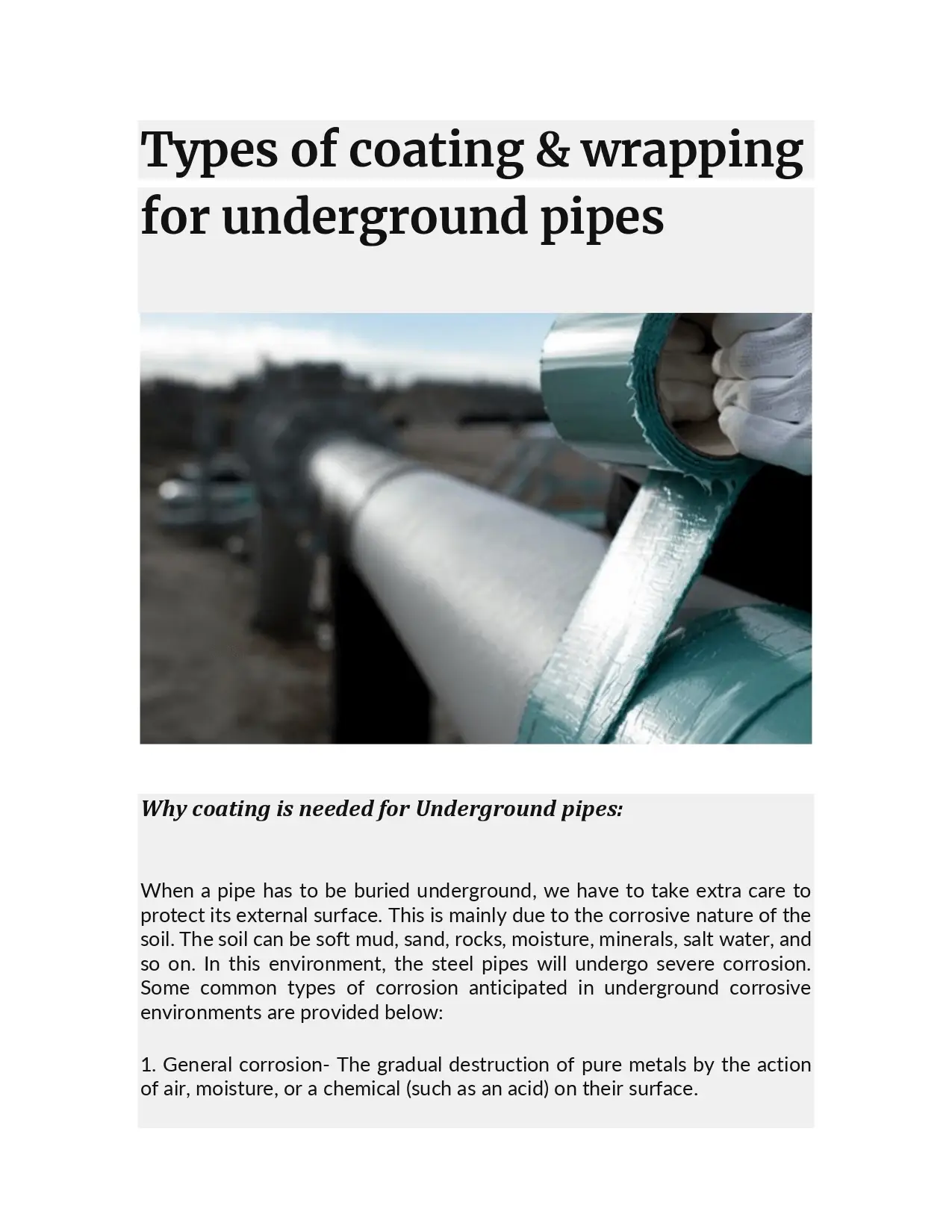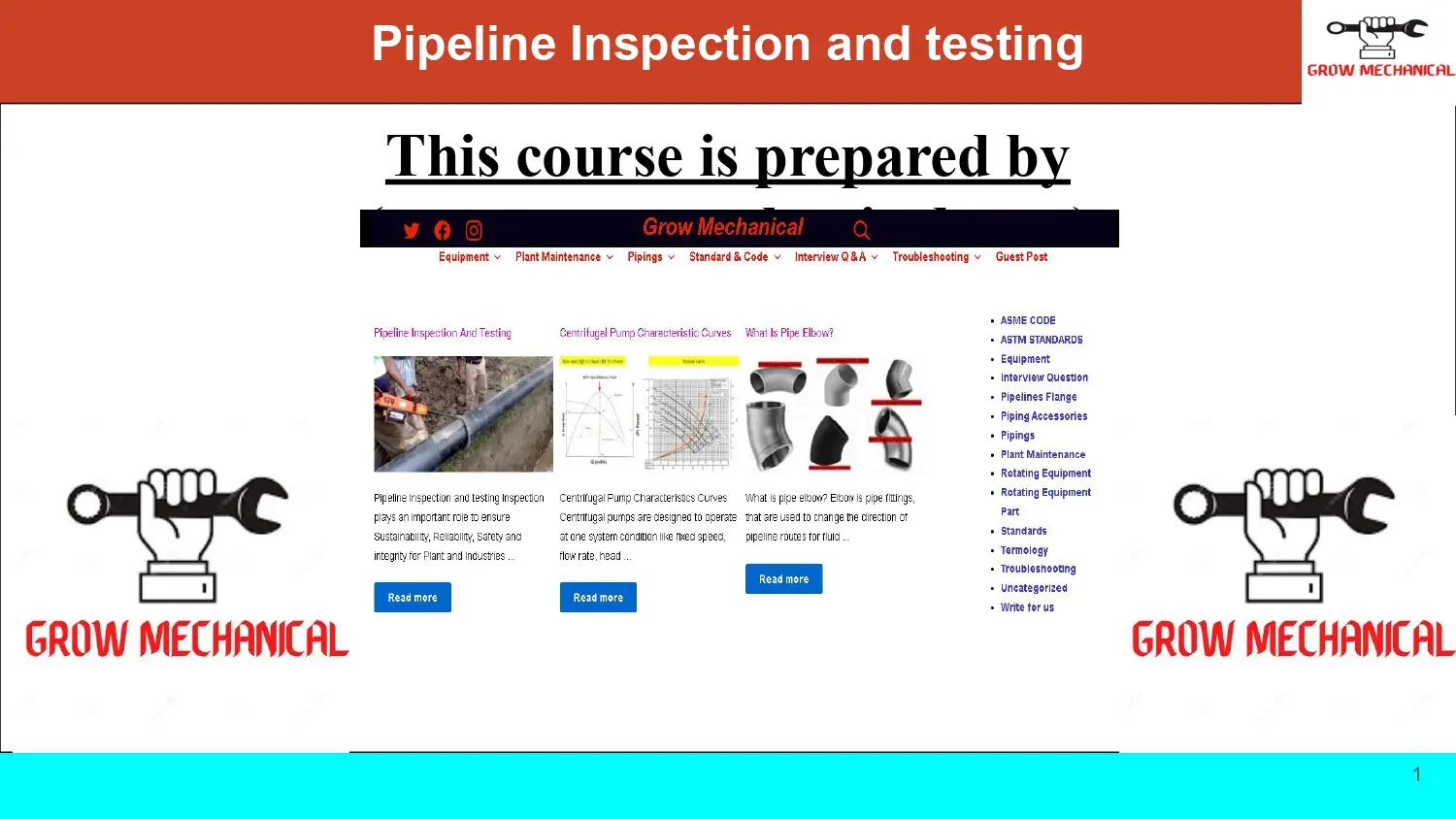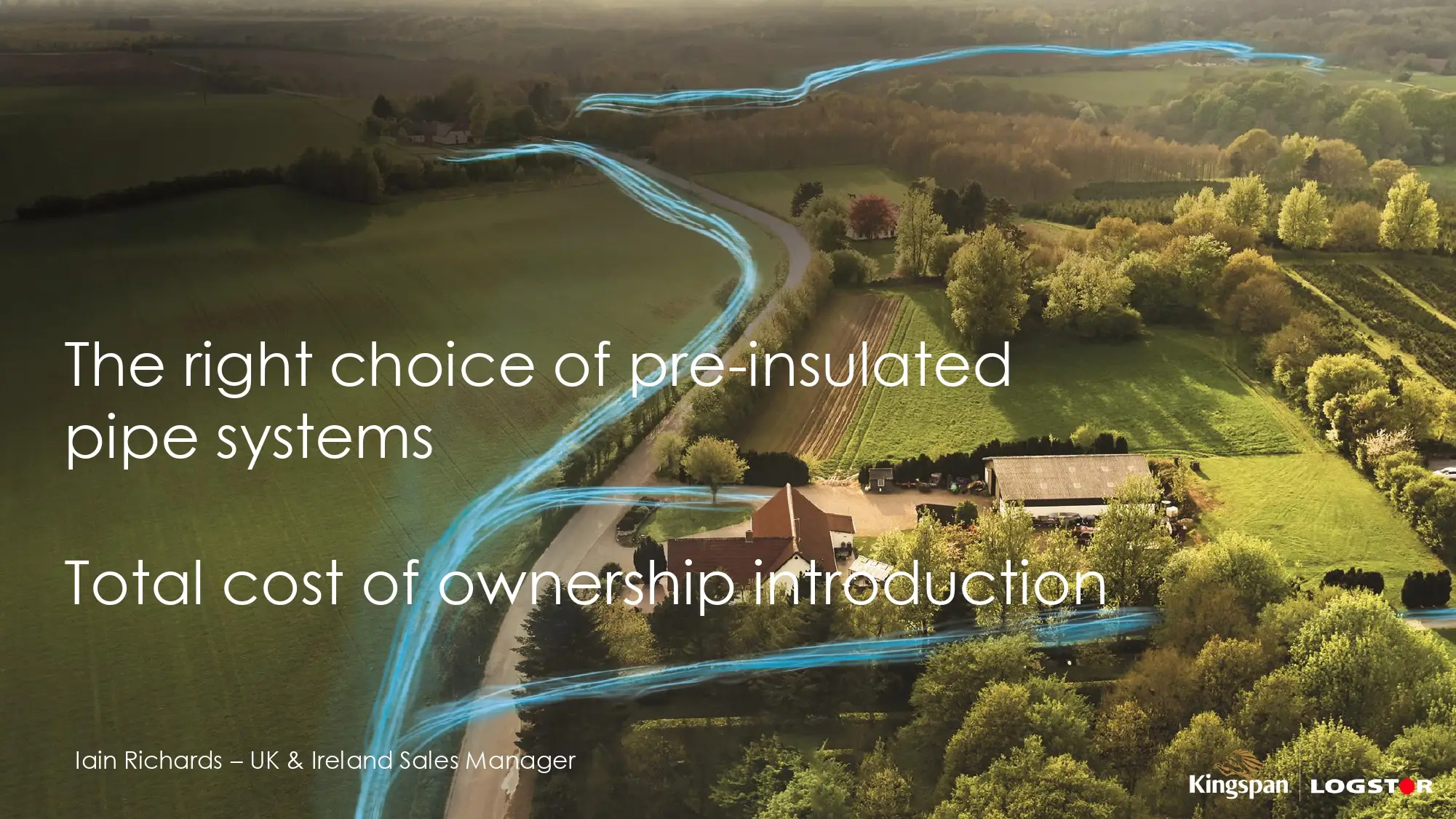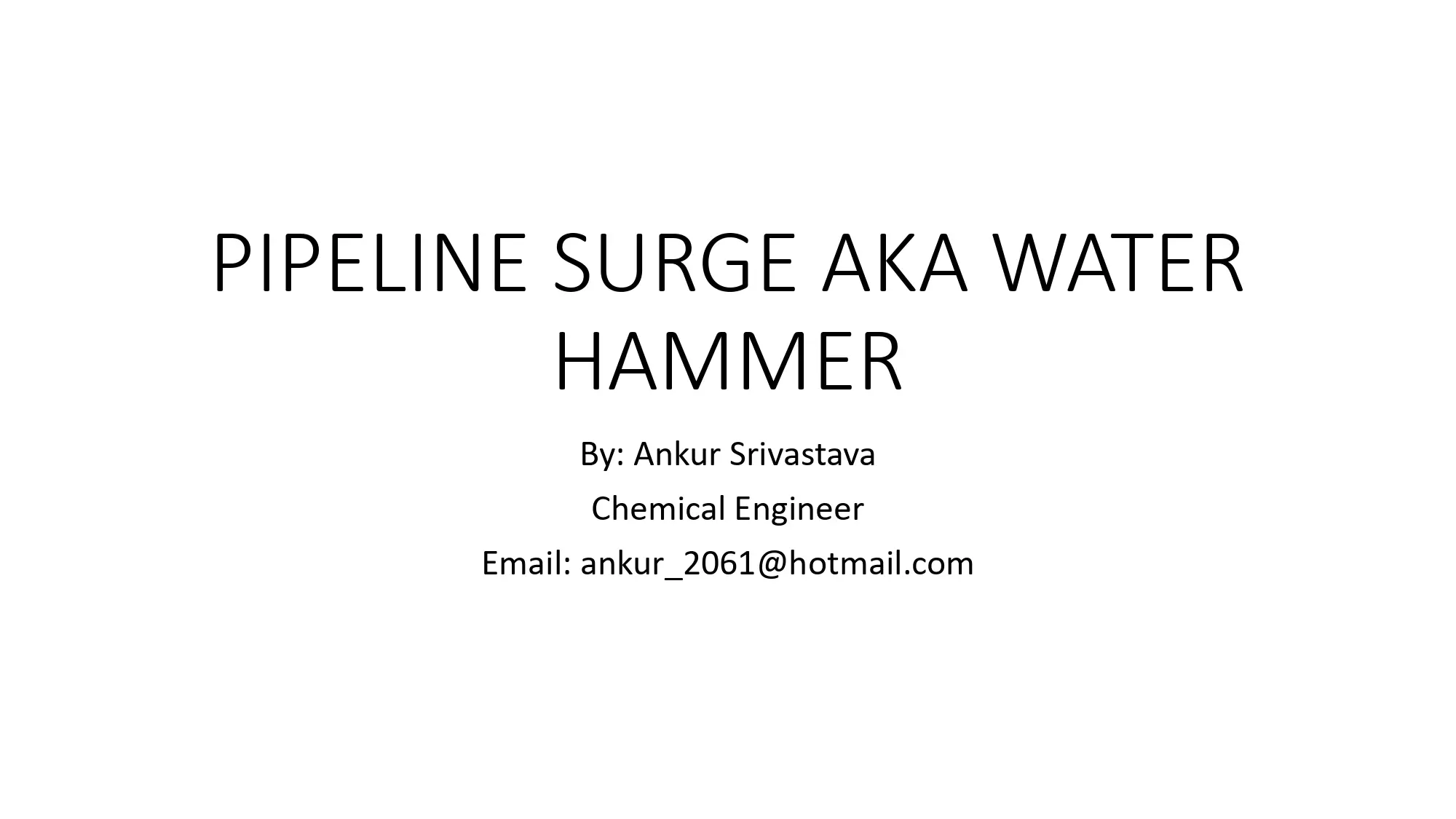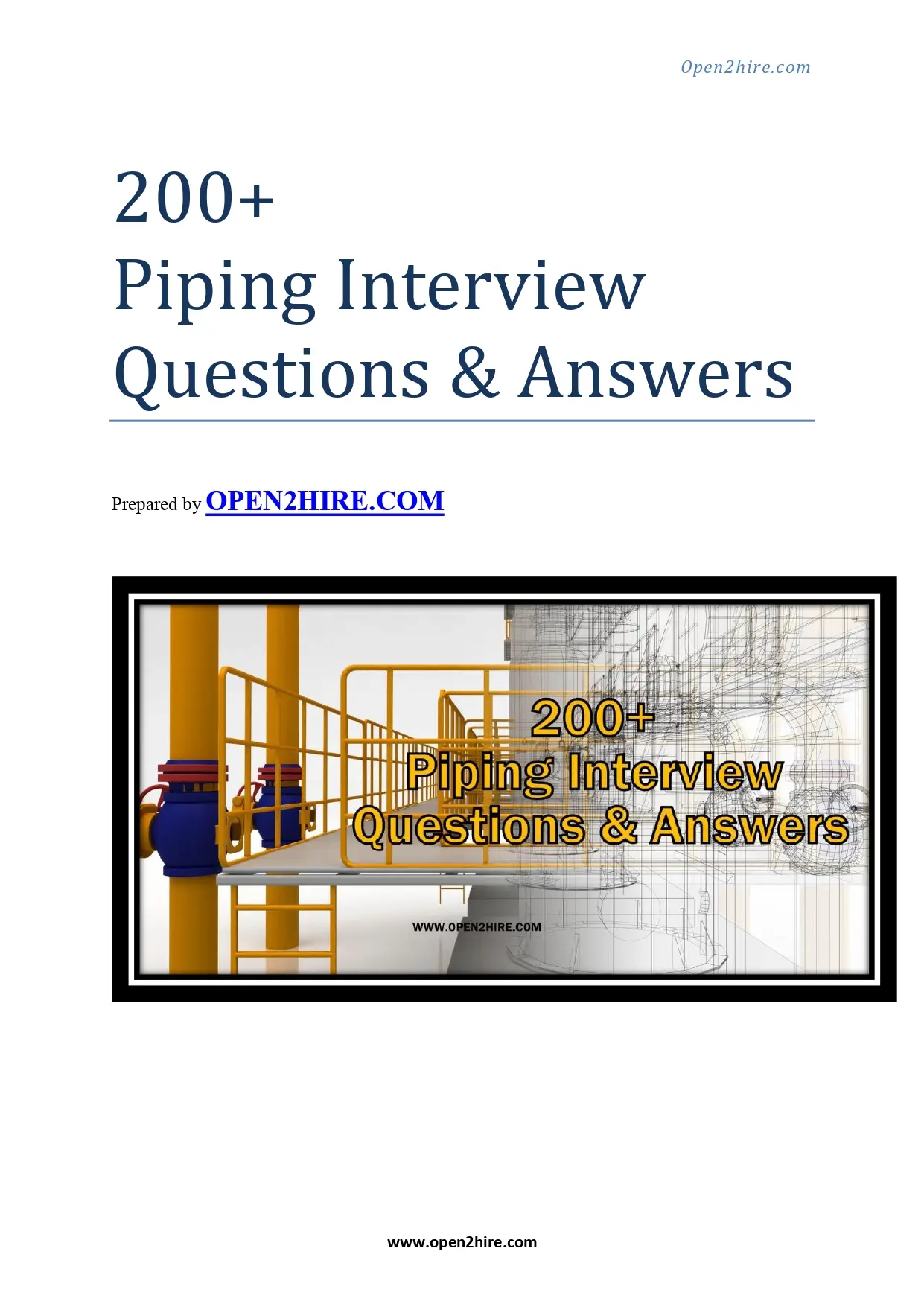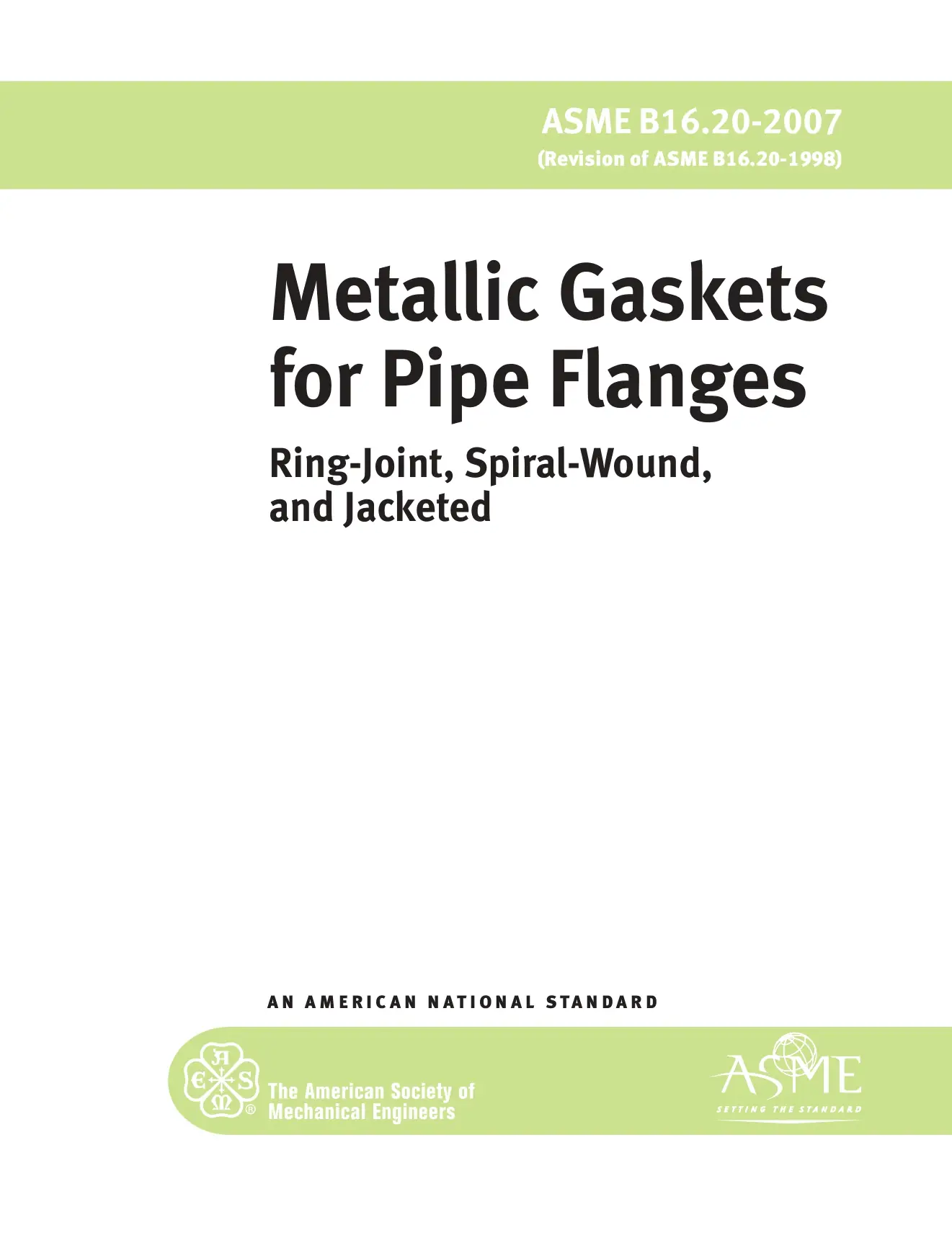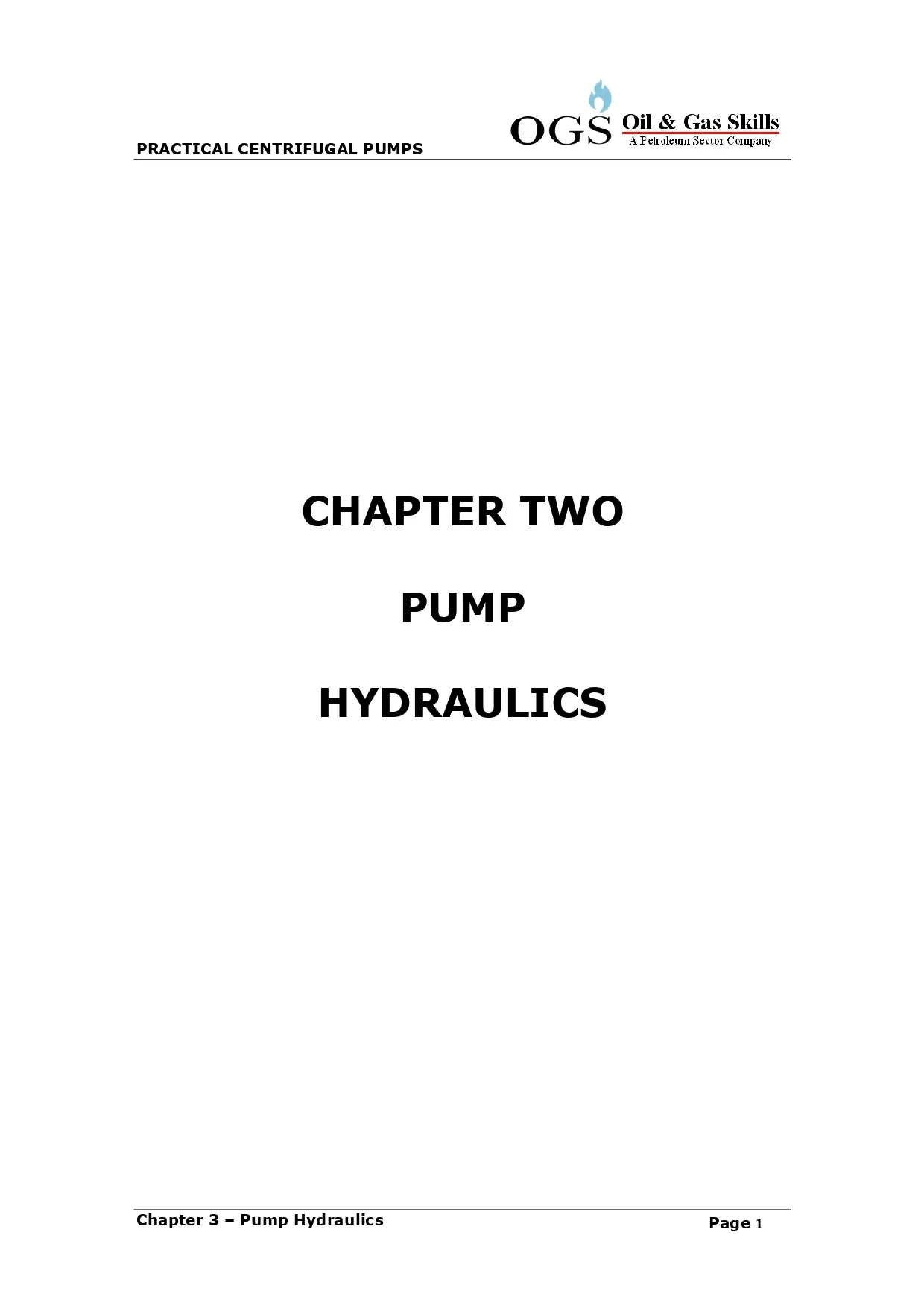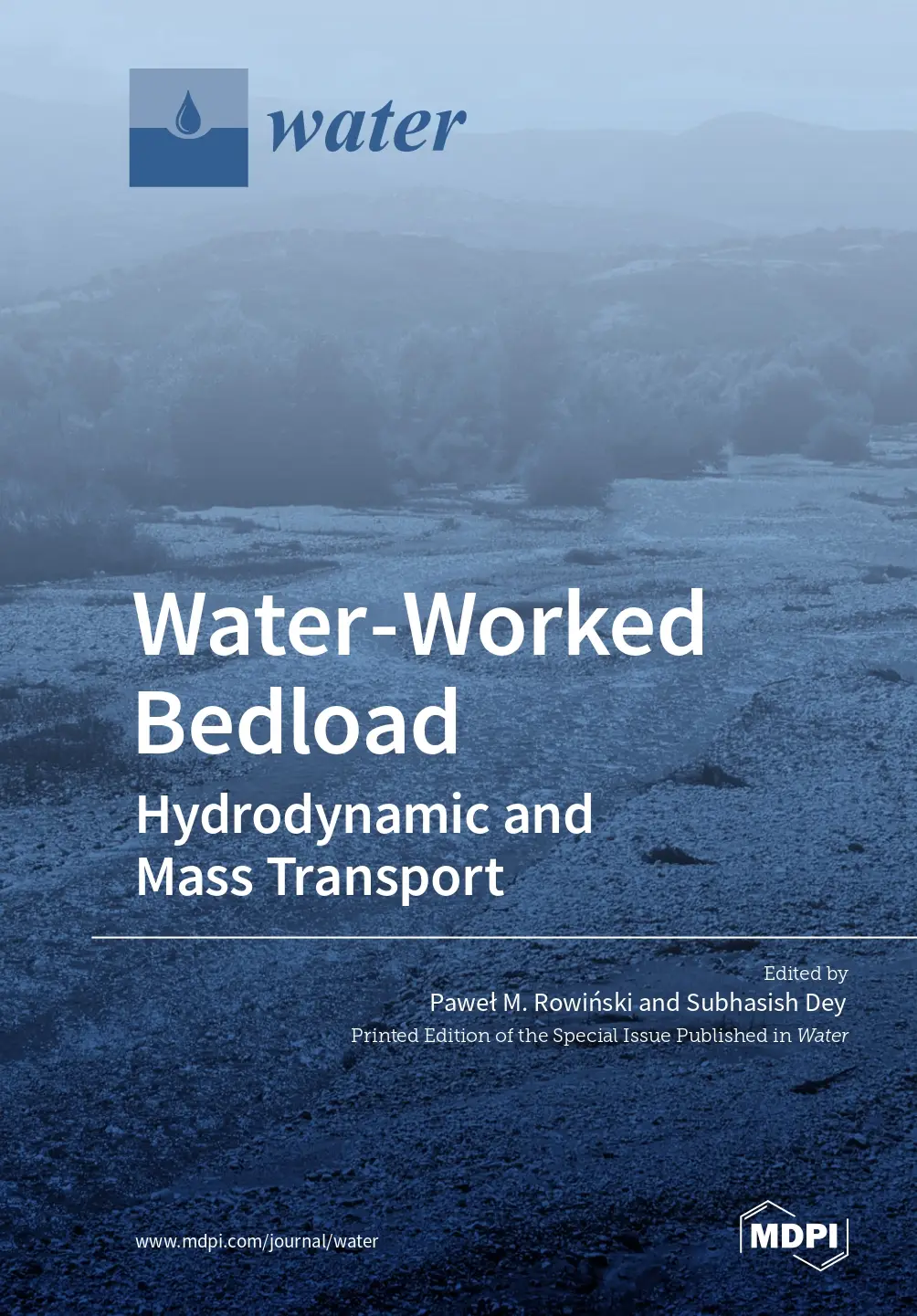Research on Hydraulics and River Dynamics
Introduction
River engineering is one of the most important subjects in hydraulic engineering. The main scientific fields that are necessary to understand the basic principles of river engineering include hydrology, hydraulics and geomorphology. Using hydrologic rainfall– runoff models, the river inflows originating from rainfall-induced overland flow can be calculated. In case of intense storms, the extreme situation of flood routing in rivers should be faced. Flood routing can be calculated using both hydrologic and hydraulic models. Hydraulic models are based on the water mass and momentum conservation equations, which are partial differential equations of a hyperbolic type and are solved using numerical methods, e.g., finite difference schemes. The assessment of the hydraulic resistance is a critical point in the hydraulic models.
Research on Hydraulics and River Dynamics
Introduction
River engineering is one of the most important subjects in hydraulic engineering. The main scientific fields that are necessary to understand the basic principles of river engineering include hydrology, hydraulics and geomorphology. Using hydrologic rainfall– runoff models, the river inflows originating from rainfall-induced overland flow can be calculated. In case of intense storms, the extreme situation of flood routing in rivers should be faced. Flood routing can be calculated using both hydrologic and hydraulic models. Hydraulic models are based on the water mass and momentum conservation equations, which are partial differential equations of a hyperbolic type and are solved using numerical methods, e.g., finite difference schemes. The assessment of the hydraulic resistance is a critical point in the hydraulic models.
Installation Guide Buried Pipes AWWA
This document is part of the Flowtite documentation for the users of Flowtite products. It is to be used in connection with the Flowtite Product Guide and
is intended to assist the installer in understanding the requirements and procedures for the successful handling of buried installation of Flowtite pipes.
The appendices may serve as a helpful source of data for the owner’s engineers.
Installation Guide Buried Pipes AWWA
This document is part of the Flowtite documentation for the users of Flowtite products. It is to be used in connection with the Flowtite Product Guide and
is intended to assist the installer in understanding the requirements and procedures for the successful handling of buried installation of Flowtite pipes.
The appendices may serve as a helpful source of data for the owner’s engineers.
Pipe Thickness Calculations As Per Asme B31.3
Calculation of minimum wall thickness of a given pipe diameter and selection of actual thickness is one of the most basic design considerations for any projects.
Pipe Thickness Calculations As Per Asme B31.3
Calculation of minimum wall thickness of a given pipe diameter and selection of actual thickness is one of the most basic design considerations for any projects.
Chapter Two Pump Hydraulics
In the previous chapters, we have seen the evolution of pumps, their construction, and their wide applicability. The many requirements of pressurized liquid lead to a large variety of pumps each designed and suited to a required application.
Chapter Two Pump Hydraulics
In the previous chapters, we have seen the evolution of pumps, their construction, and their wide applicability. The many requirements of pressurized liquid lead to a large variety of pumps each designed and suited to a required application.
Water-Worked Bedload Hydrodynamic and Mass Transport
Turbulent flow over a natural streambed is complex in nature, especially in the near-bed flow zone, because a natural water-worked bed exhibits a spatially complex, three-dimensional structure. This echoes the organization of the bed particles by transport processes.
Water-Worked Bedload Hydrodynamic and Mass Transport
Turbulent flow over a natural streambed is complex in nature, especially in the near-bed flow zone, because a natural water-worked bed exhibits a spatially complex, three-dimensional structure. This echoes the organization of the bed particles by transport processes.
Numerical and Data- Driven Modelling in Coastal, Hydrological and Hydraulic Engineering
Introduction
This special issue aims at exploring advanced numerical techniques for real-time prediction and optimal management in coastal and hydraulic engineering. Numerical simulations of fluid dynamics have been indispensable in many applications relevant to physics and engineering.
Numerical and Data- Driven Modelling in Coastal, Hydrological and Hydraulic Engineering
Introduction
This special issue aims at exploring advanced numerical techniques for real-time prediction and optimal management in coastal and hydraulic engineering. Numerical simulations of fluid dynamics have been indispensable in many applications relevant to physics and engineering.



